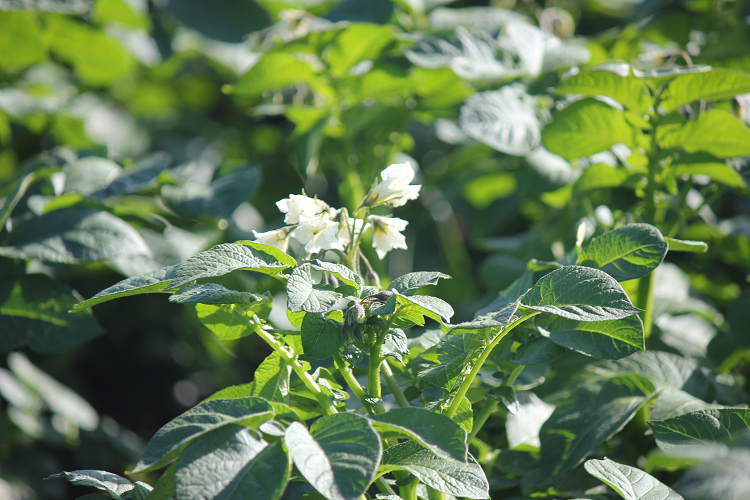Potatoes: Blight Risk Update – Late June 2020
26 June 2020Blight risk update
There have been no confirmed outbreaks of blight in Scotland so far this season, although there have been Hutton periods over the last week due to the damp humid weather. Check with AHDB Potatoes Fight against Blight regularly for the most up to date information on outbreaks. Also, check BlightWatch or BlightCast for the general blight risk where your crops are located.
Preventing blight spreading from outgrade piles (dumps)
As is the case every year, it’s important to deal with any potential sources of primary inoculum. Doing this effectively will reduce the risk of crop infection and allow each fungicide application to have greater efficacy. Control with fungicides is more effective and could be less expensive if the amount of inoculum challenging the crop is reduced.
The best practice with outgrade piles is to prevent any haulm growth, i.e. there should be zero tolerance of green haulm. This is best achieved by covering and enclosing the pile under black polythene before any tubers have sprouted. The polythene should be examined regularly to ensure that it remains in place and intact.
Spray application of the only herbicide option now available to treat dumps, glyphosate, unfortunately, needs to be delayed until after there is enough haulm growth on the dump to intercept the spray. Clearly, in this situation there is a high risk of blight spreading from the pile prior to glyphosate treatment. Two additional negative aspects of this approach are:
- The rate of haulm killing by glyphosate is likely to be too slow to prevent the spread of blight from the outgrade pile (this was clearly demonstrated by SRUC, with AHDB funding, in trials)
- It’s very likely that many repeat applications will be required to deal with successive emergence of plants from tubers at different depths in the pile.
Sign up to the FAS newsletter
Receive updates on news, events and publications from Scotland’s Farm Advisory Service

